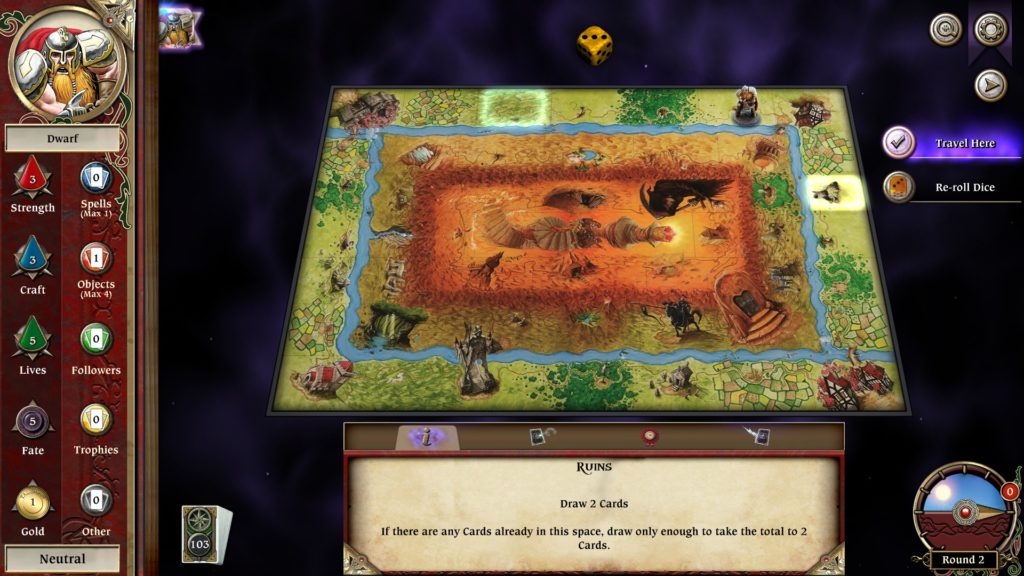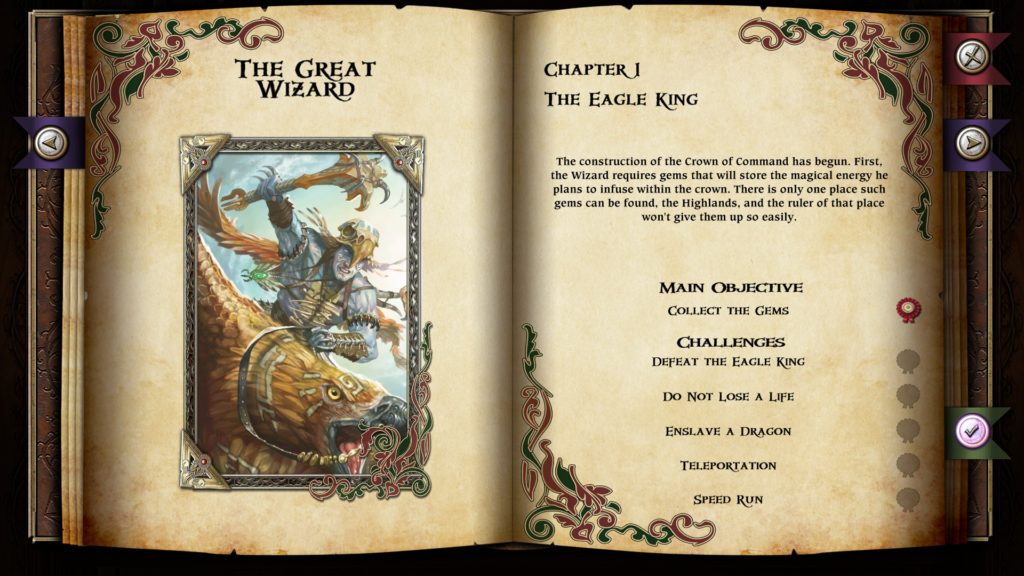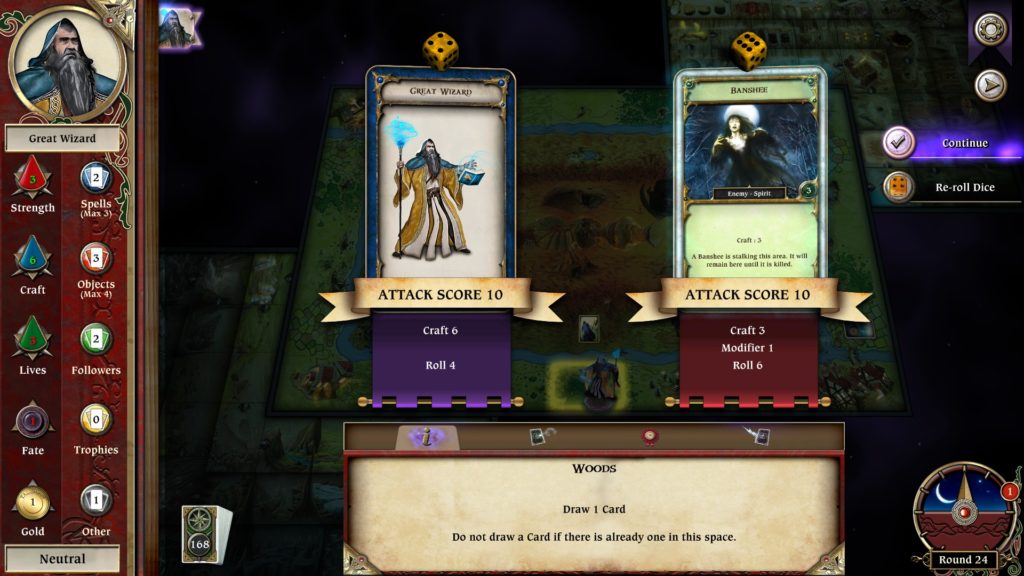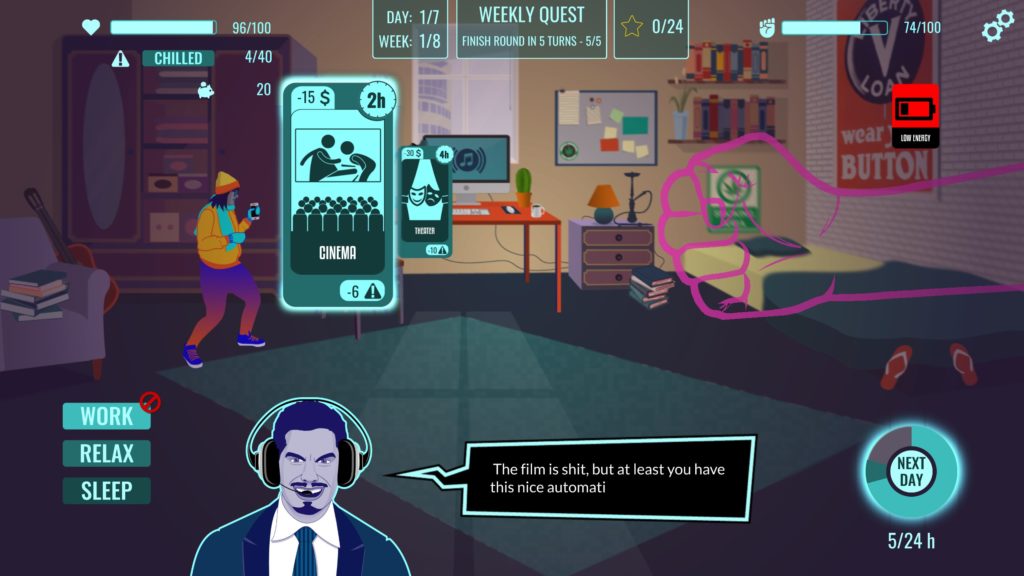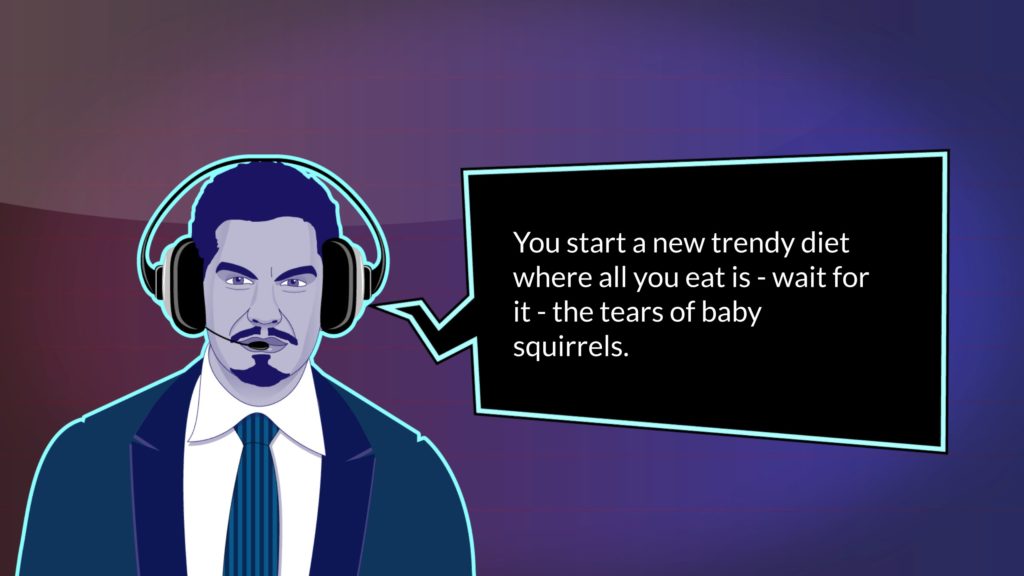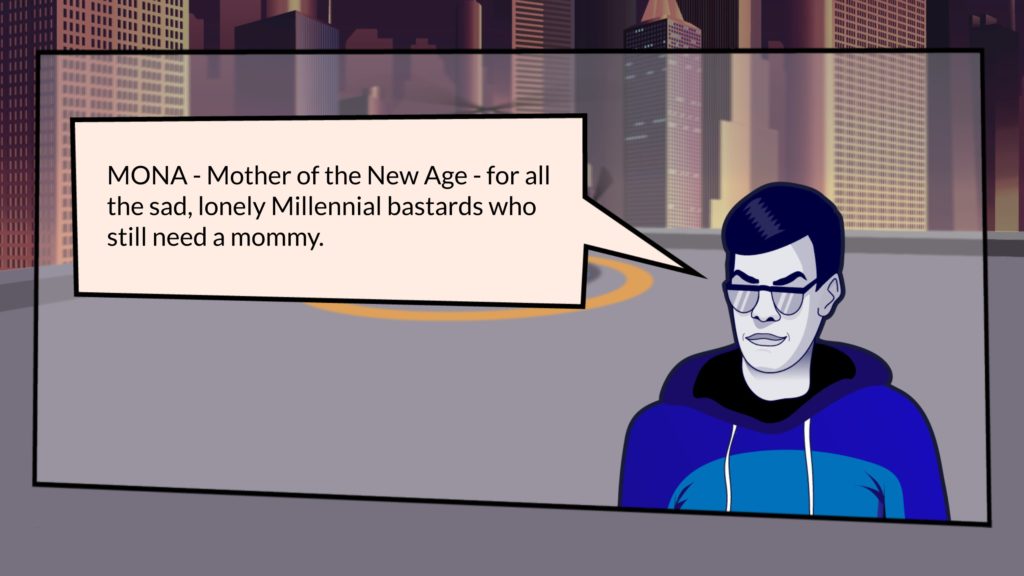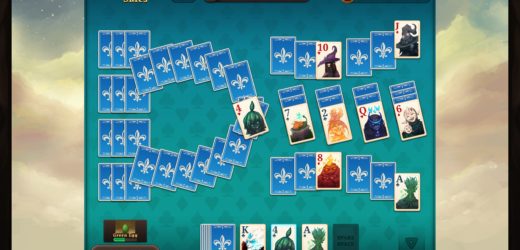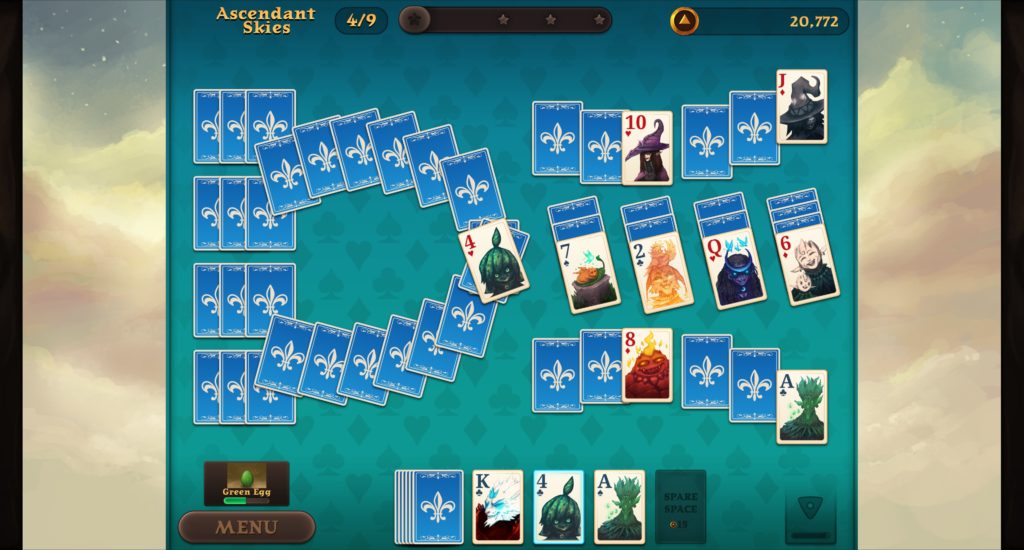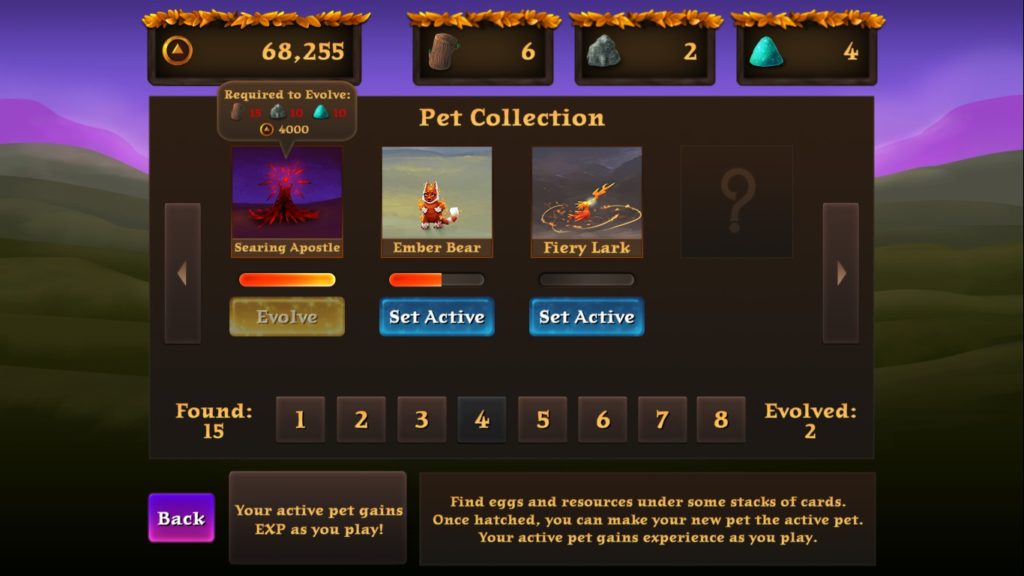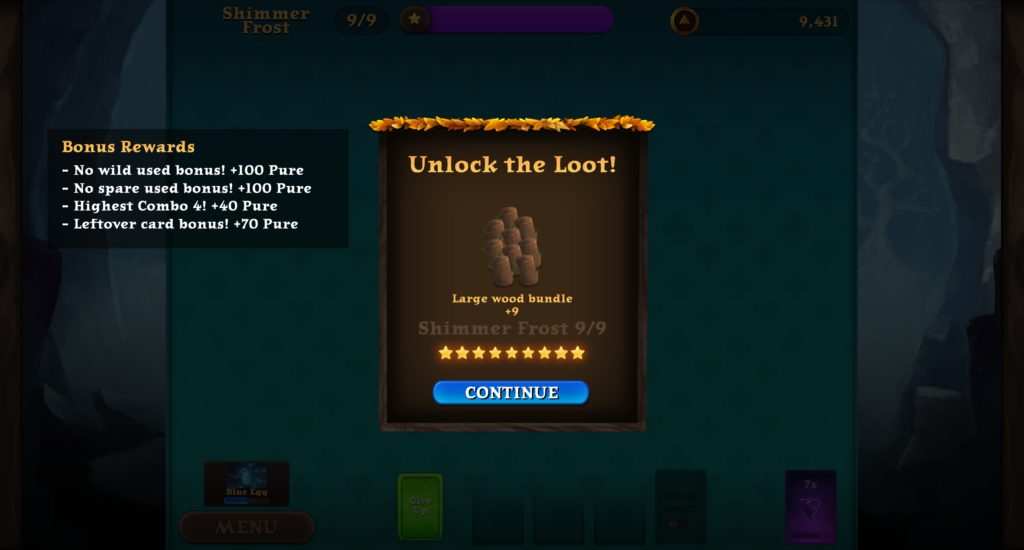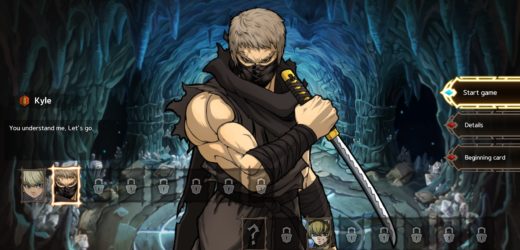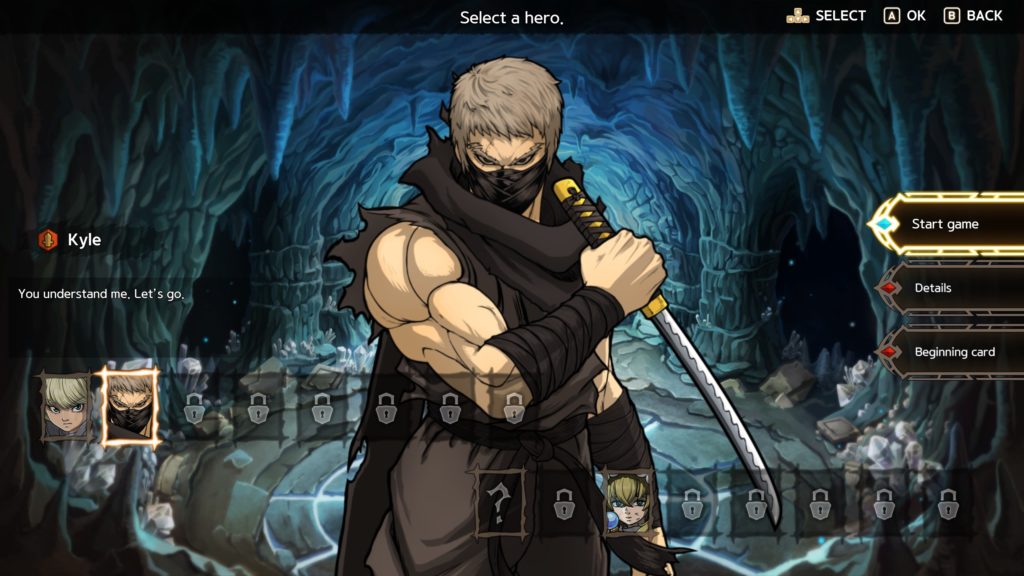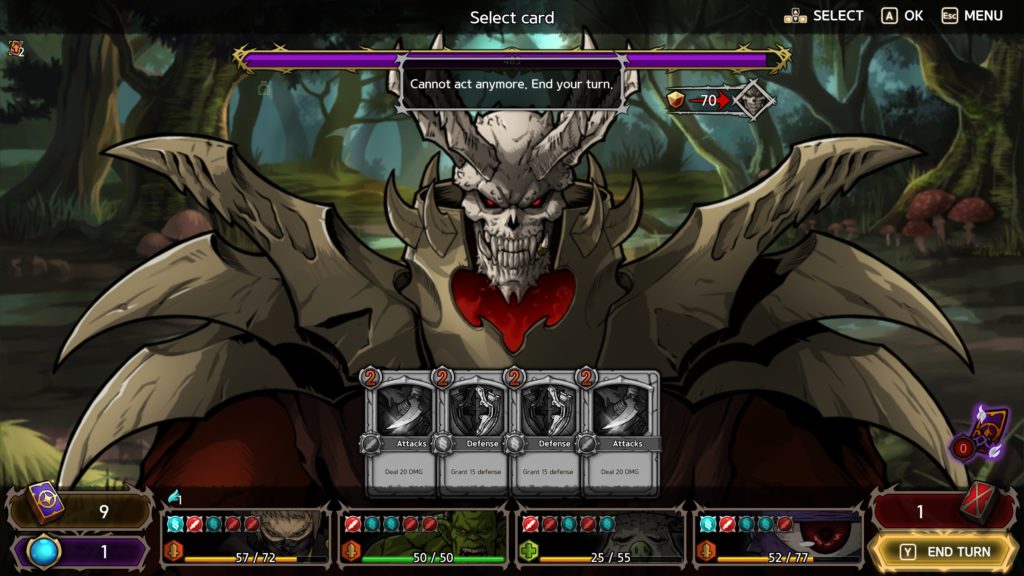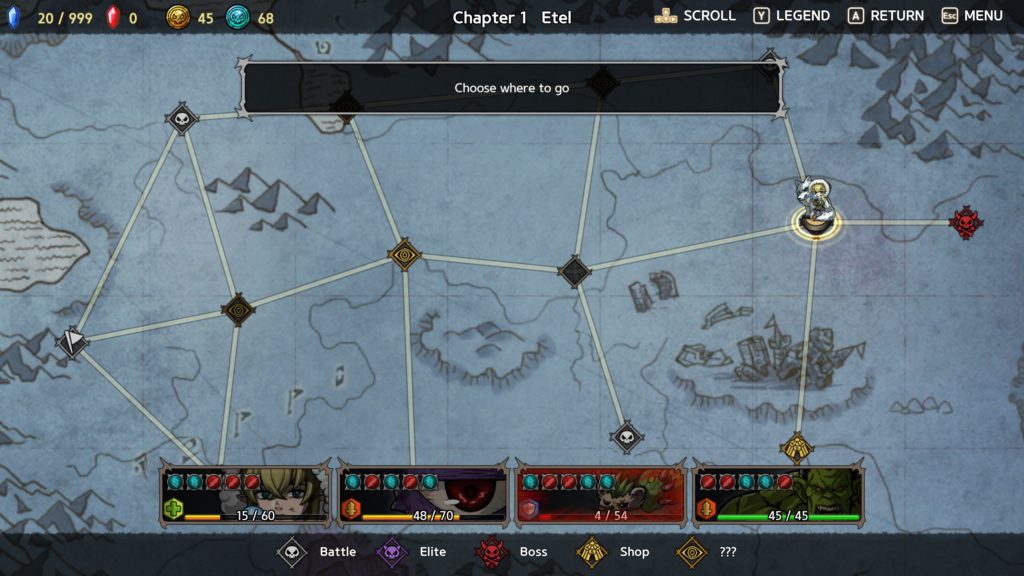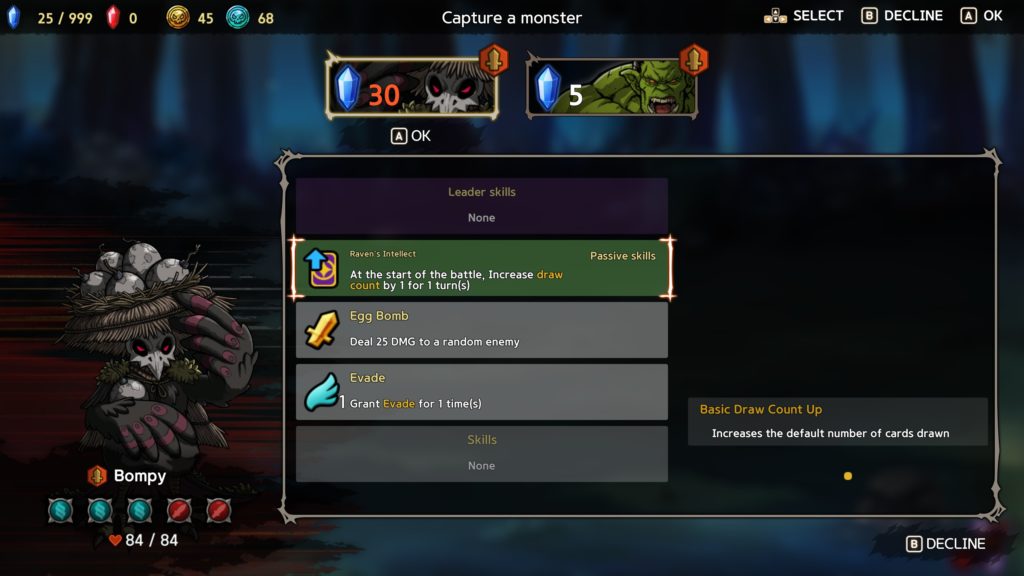Nowhere Prophet (Early Access Review)
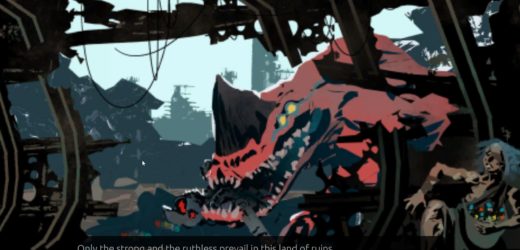
Source: Review Copy
Price: To Be Released soon. (Was $19.99)
Where To Wishlist It: Itch.IO , Steam
Other Reviews: Early Access 1, Release
Nowhere Prophet continues to impress. And frustrate. Its world is intriguing, its difficulty mostly solid at this point, even if those rare exceptions… Frustrate the hell out of me. Still, that’s something to get to, so let’s backtrack a second and remind ourselves about Nowhere Prophet overall.
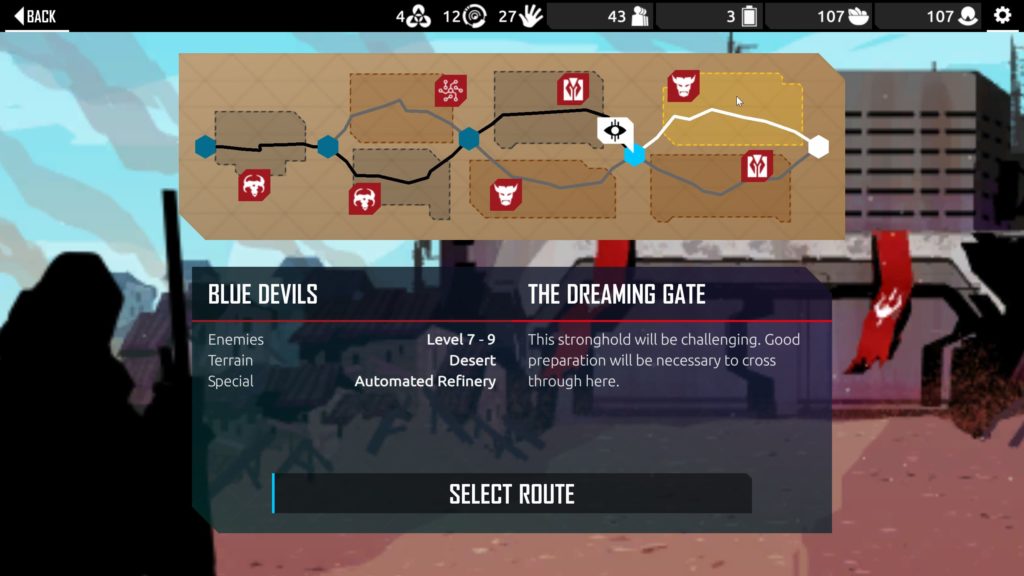
Nowhere Prophet is an Indian themed post-apocalypse (Untouchables stand side by side with cybernetic horrors, and Rajs with mutated beasts), in which you, a Prophet, hear the last, garbled words of a fallen “star” (Satellite), and set out for the Crypt, the Promised Land which may or may not have the power to heal this ruined world. You set out with disciples, facing the world, and trying to balance your own health, and the efficacy, health, and morale of your followers. It’s a battle of attrition, as only perfection will allow you to escape the fights and trials unscathed… And these are many, while you and your followers are… Not so many.
Since I last took a look at Nowhere Prophet, it’s actually mostly done, with a closed beta until release. Areas are in, the intro and map have been spruced up, and there is, generally speaking, the more I had been curious about last time. It still hasn’t got an amazing amount of variety music wise, but the music that’s there is good, the visuals are both clear and striking, and the events mostly interesting and adding a little to the world, with extra possibilities unlocked by certain types of followers, number of followers or batteries (the currency of the world), or your level in the three philosophies (Believers, Scholars, or Altruists.)
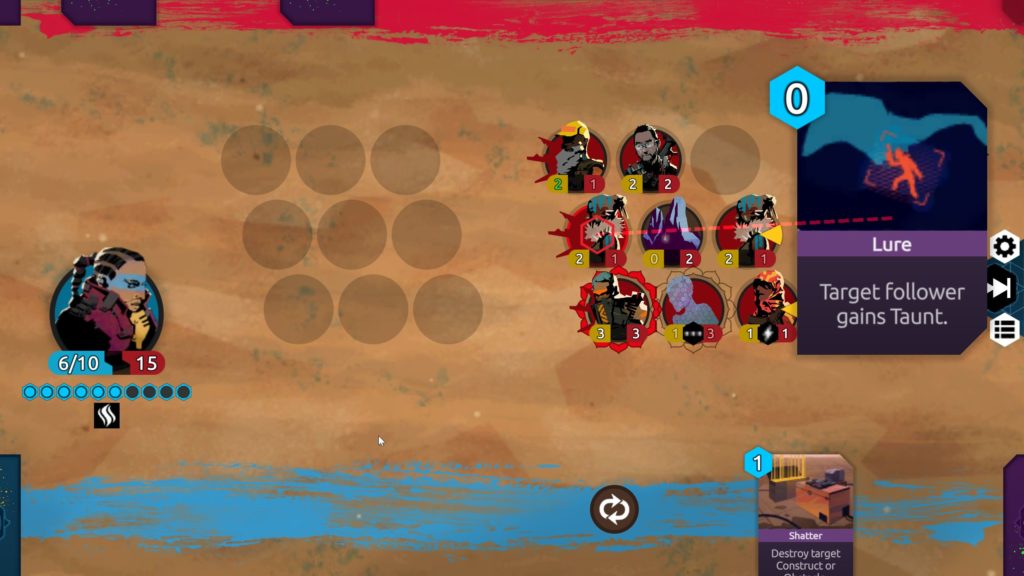
Combat, meanwhile, is a Hearthstone like affair where, each turn, you have a limited pool of energy from which to summon followers and effects, which grows each turn (or with certain abilities), a limited battlefield in which (mainly) only frontliners can attack, and interesting obstacles and items on the field, such as Soft Cover, which gives health to those summoned nearby, or Acid Plants, which, if destroyed, also damage the entire column they’re on. Killling the enemy leader wins you the battle, while if your Prophet is killed… Well, game over. And, over time, you grow more familiar with what lies where, and what factions have which sorts of decks.
And this, funnily enough, is where the frustration sometimes happens. You see, some Elite and Boss decks are nasty, and, regardless of how far I’ve come, meeting these particular ones can be a slow, demoralising death. The Barrier Swarm (Rusters, the Cyborg/Robot faction.) The ArmourBoi (Union of the Five Fingers.) The Endless Taunt (Feral Wanderers, the bandit/beast faction.) These three decks in particular are annoying, because… Well, there’s seemingly not that much that consistently counters them, and their entire focus is “No, you can’t, in fact, hit me, you got more to worry about.” And, since they’re on Bosses and Elites, well… You’d have to do a lot of damage to take them out before they get going.
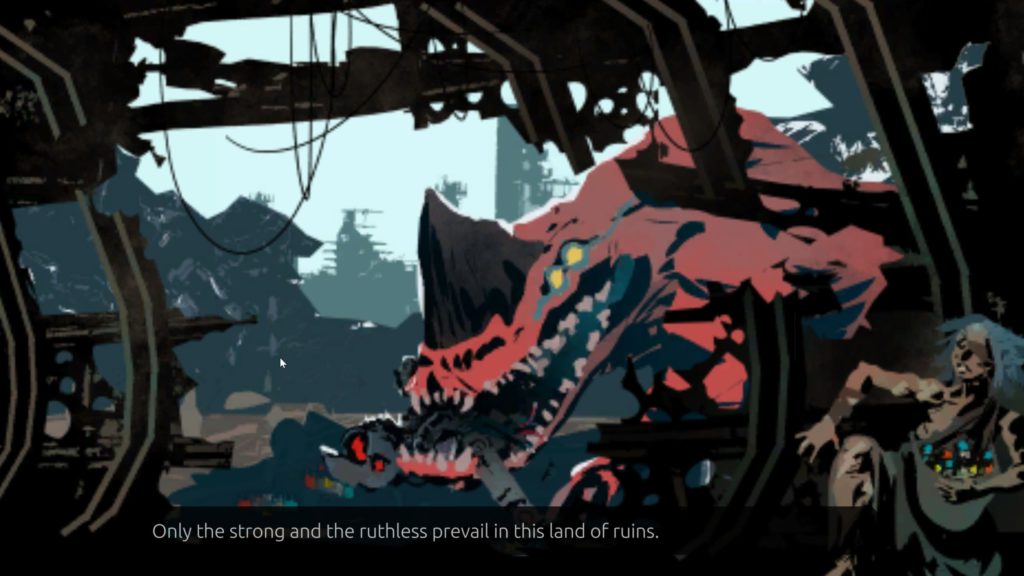
But this, essentially, is more of a gripe than anything else, and I can relatively consistently get to at least the third map, with still more to explore, such as Daily Challenges, and, of course, working out how to unlock various tribes and leaders, for more deck exploration. Nowhere Prophet remains pretty interesting, and I’m happy to report that.
Normally, I would wait until release. But I noticed that I hadn’t reviewed in a while, and it has changed… Quite a bit!


